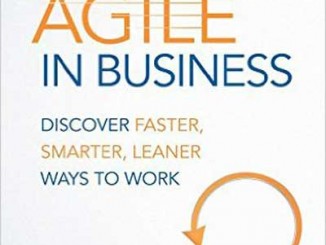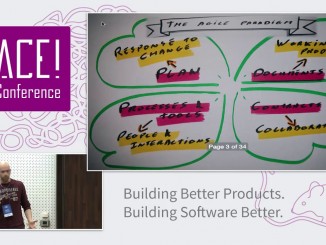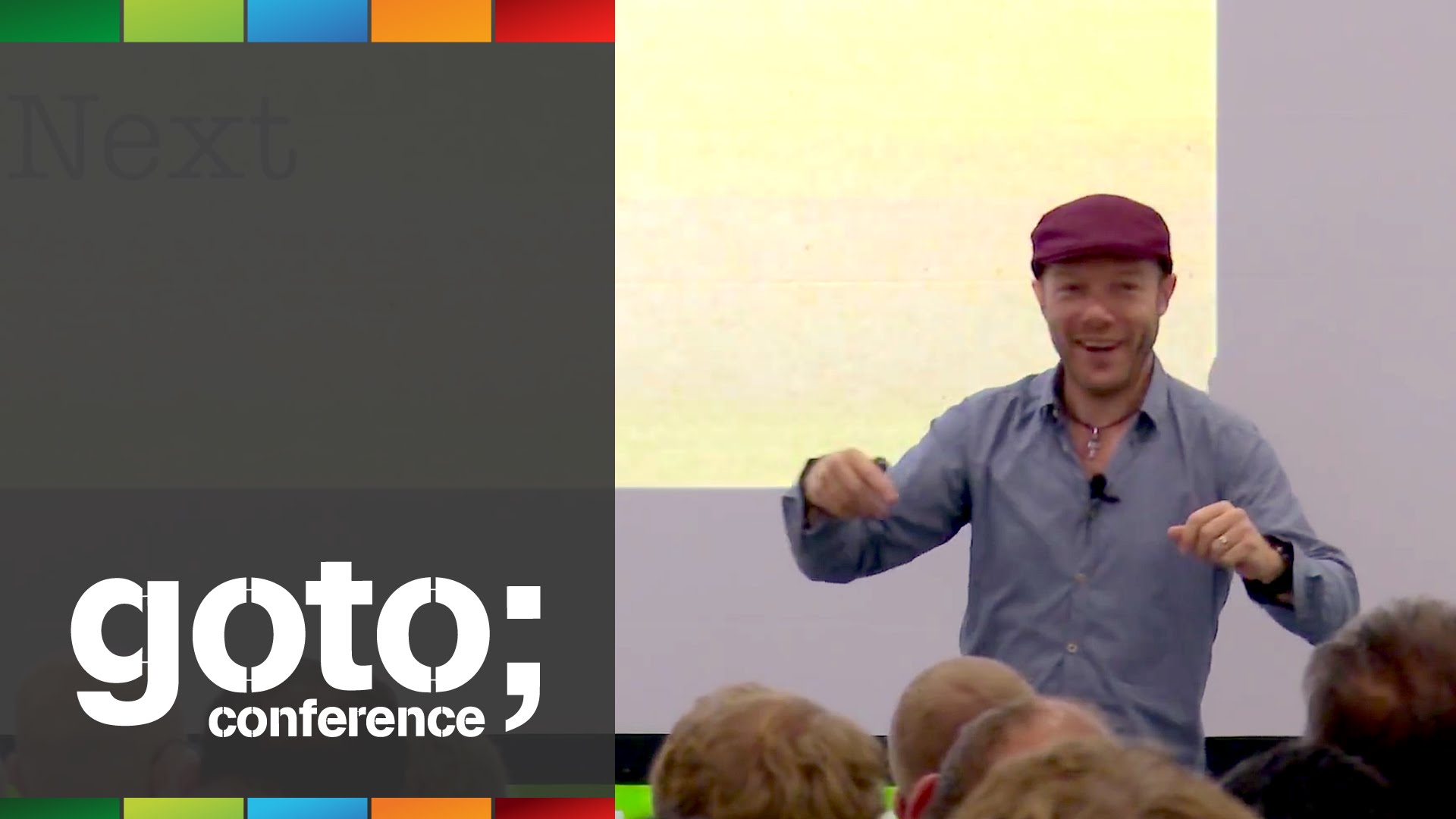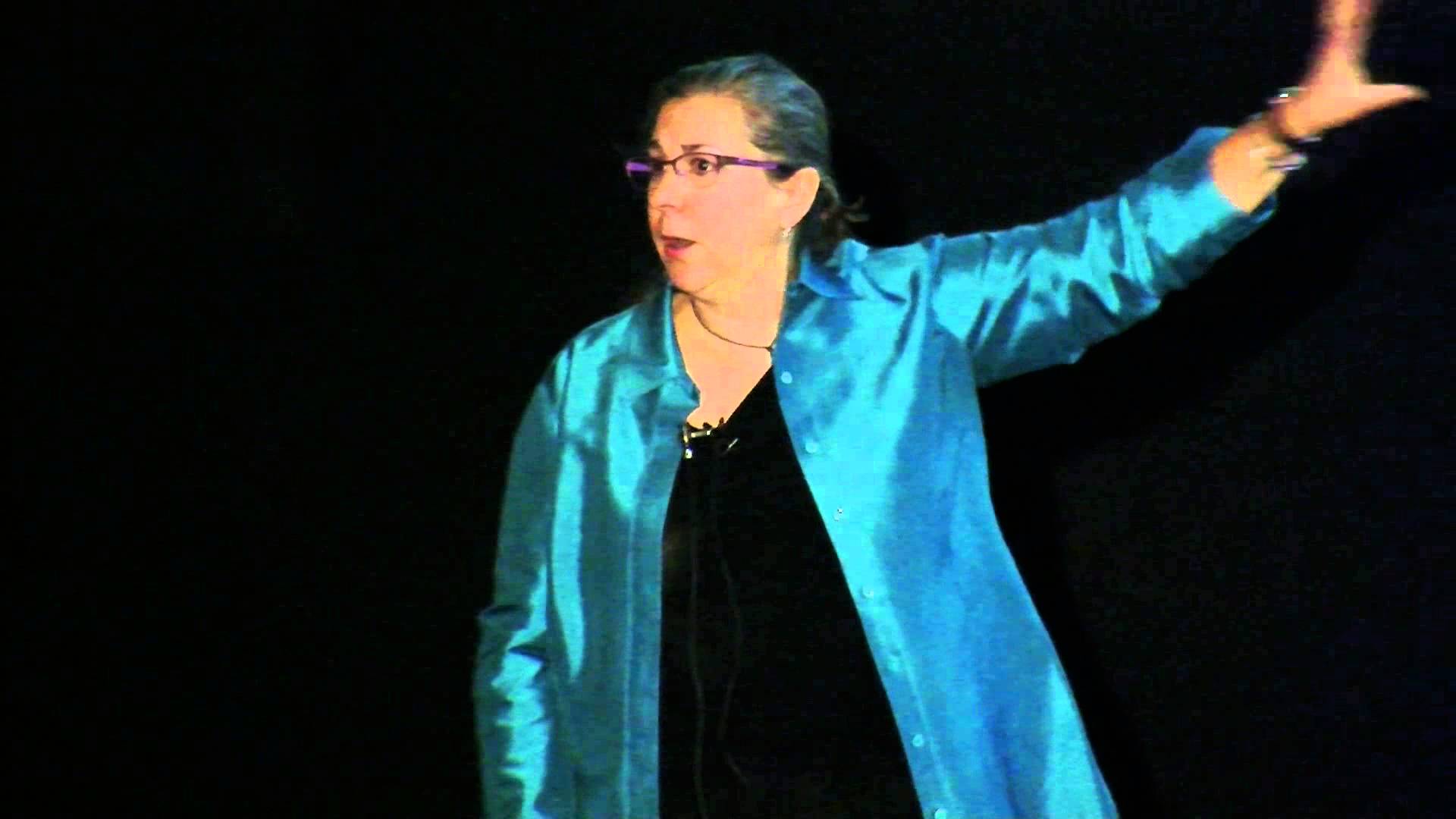Delivering value with the Scrum framework for Agile product and project management approach.
If agile started as a software development movement, the customer has been at the center of its values since its initial statement. The usage of agile and lean has now widespread beyond the IT world. In her book “Being Agile in Business”, Belinda Waldock explains the agile and lean approaches from a business perspective.
The first principle of Agile manifesto says “Our highest priority is to satisfy the customer through early and continuous delivery of valuable software.” But, Is our highest priority to delight our customer, or to delight our sponsor. Do we understand who the real customer is and behave accordingly?
In 2001 a group of programmers proposed the word “agile” to describe a set of values they shared. Several of these programmers had already developed methods based on these values. The values are universal, that’s how they were chosen. The methodologies, however, were designed for the technology landscape of the 1990s. Think of all the changes in technology and business practise in the last 25 years. If that seems too daunting just think about the last five years. In taking “Agile” mainstream, we adopt these ancient practises on faith while losing sight of the values that inspired them.
Software is everywhere today, and countless software products and projects die a slow death without ever making any impact. Today’s planning and roadmap techniques expect the world to stand still while we deliver, and set products and projects up for failure from the very start. Even when they have good strategic plans, many organizations fail to communicate them and align everyone involved in delivery.
If you asked software developers about Agile, there are chances that a majority will discuss it with words like “Scrum”, “sprints” or “retrospectives”. However Agile is not just a collection of techniques and practices, but it is more a state of mind or a culture. This is the topic of this book written by Pollyanna Pixton, Paul Gibson and Niel Nickolaisen.
“Value” is the beacon, watchword, end game, justification, and mantra for Agile practitioners. You make product decisions in Scrum at every turn throughout discovery and delivery, balancing multiple perspectives.
Any framework worth using is built on principles and values. Each of the original agile practices – XP, Scrum, DSDM, Crystal, and FDD – as well as Kanban and Lean, has a set of core values. These values guide us, provide clarity in times of ambiguity, and, most importantly, help us understand why we do what we do. As you read in the story above, the team was attempting to go through the motions of Scrum, but they did not understand why.








